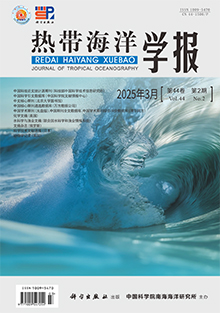In this study, a support vector machine (SVM) model was introduced to retrieve phytoplankton size classes (PSCs), from phytoplankton absorption spectra and total chlorophyll-a concentration.The performance of this model was validated with the South China Sea andNASA bio-Optical Marine Algorithm Dataset(NOMAD) datasets. The results of the model, which used phytoplankton absorption spectra as the only input parameter, showed that the absolute percentage differences (APD) were 46.1% (pico), 61.6% (nano) and 36.3% (micro) for the South China Sea dataset, and were 36.3% (pico), 44.6% (nano) ,44.3% (micro) for NOMAD dataset; It also showed that the determination coefficents (R2) were 0.604 (pico), 0.423 (nano) and 0.491 (micro) for the South China Sea dataset, and were 0.460 (pico), 0.702 (nano) and 0.829 (micro) for the NOMAD dataset. The SVM model that used both absorption spectra and chlorophyll-a concentration of phytoplankton showed that the APD were 19.2%, 31.9%, 31.6% and determination coefficents of phytoplankton size classes (pico, nano, and micro) were 0.837, 0.805, 0.600 for the South China Sea data-set. Using the same method, the result of SVM model showed that the APD were 35.3%, 35.4%, 38.2% and determination coefficents of phytoplankton size classes (pico, nano, and micro) were 0.713, 0.758, 0.810 for the NOMAD data set. The SVM model trained using phytoplankton absorption spectra and total chlorophyll-a concentration performed more effectively than that using only phytoplankton absorption spectra. The performance of the SVM model was shown to be satisfactory, and the model opens the way to an appliaction to estimate PSCs by using hyperspectral measurements.




